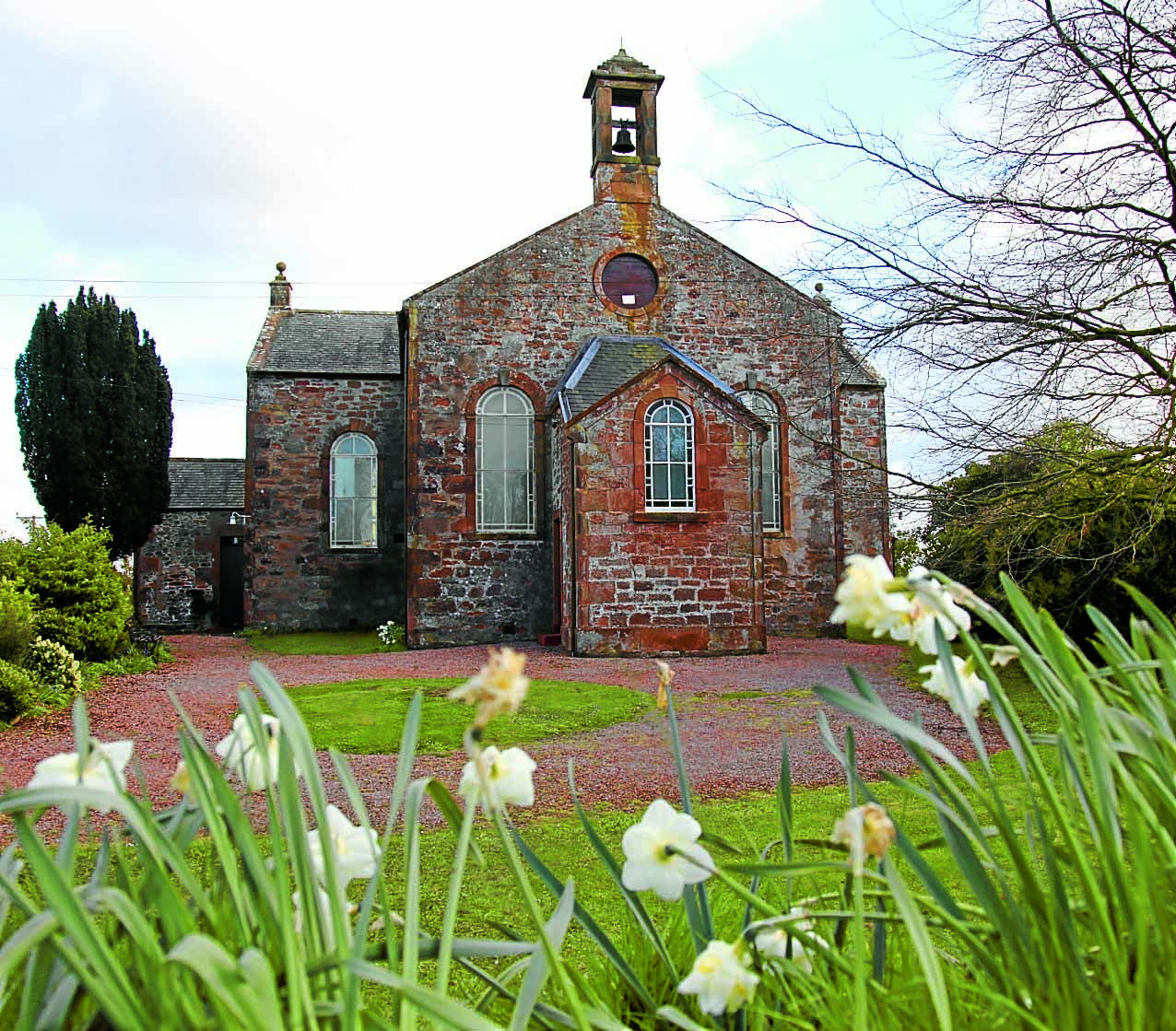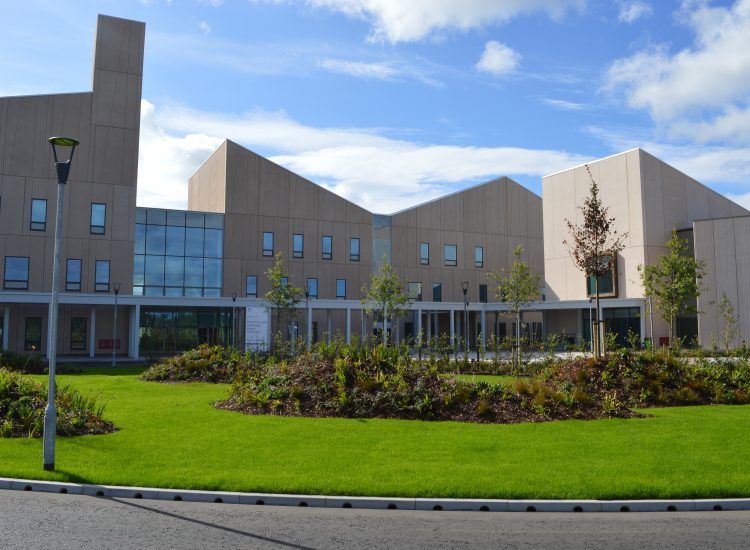DORNOCK Church closed in late 2022 due to congregation numbers decreasing and the need for costly repairs.
The Church of Scotland now want to sell off the site and keep the money in the congregation.
The stone building, which is category B listed, is thought to have been constructed in the small village in 1734.
It has been posted for sale on the Church of Scotland website for offers over £40,000, where it is described as a ‘traditional stone-built country church close to the beautiful Solway Coast. It is of stone construction with a pitched, slated roof.’
The accommodation comprises the sanctuary, porch, and vestry, while the sale also includes a small area of ground which lies adjacent.
The surrounding churchyard belongs to Dumfries and Galloway Council.
The sale schedule also notes how the building could be used as a nursery, day centre, educational establishment, museum, art gallery or a public library.
There is even a possibility it could be transformed into entertainment or residential accommodation if the appropriate consents were sought.
A lot of people in the community have fond memories of the building being used for weddings amongst other events – and some have been sharing those on social media, while others have criticised the sale.
However, a spokesman for the Church of Scotland said: “The general trustees of the Church of Scotland took the decision to close Dornock Church in 2022 as the building was in a poor state of repair and with a much reduced congregation.
“Under the Presbytery Mission Plan of the former Annandale and Eskdale Presbytery, Dornock Church was found to be surplus for requirements and no longer sustainable for worship in the 21st century and was released for sale.
“Dornock Parish Church was already linked with Annan Old Church and shared a minister.
“On September 1 2023, the two congregations were formerly united and will continue to worship in Annan Old Kirk.
“Any assets raised by the sale of Dornock Church will remain with the congregation.
“The Church owns thousands of properties, far more than required to achieve our mission of sharing the good news of Jesus Christ and serving our local communities.
“Having fewer congregational buildings will reduce pressure on congregational finances, freeing up funds and general income for other Church missional activities and a more sustainable situation.”
























